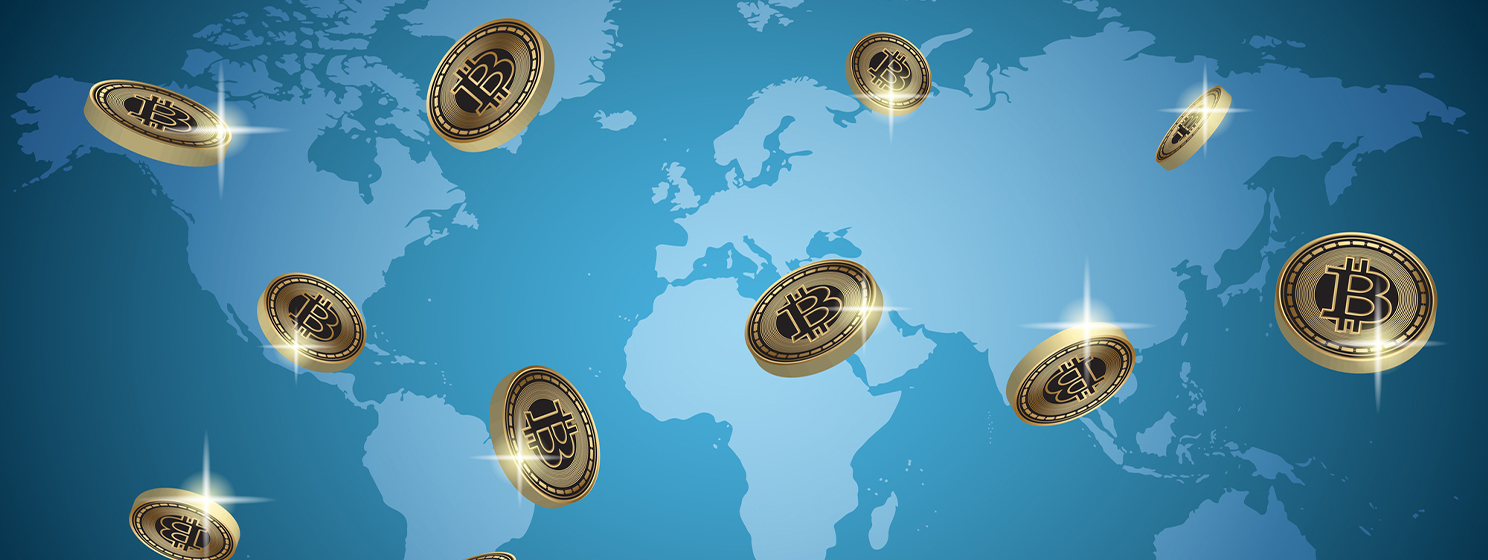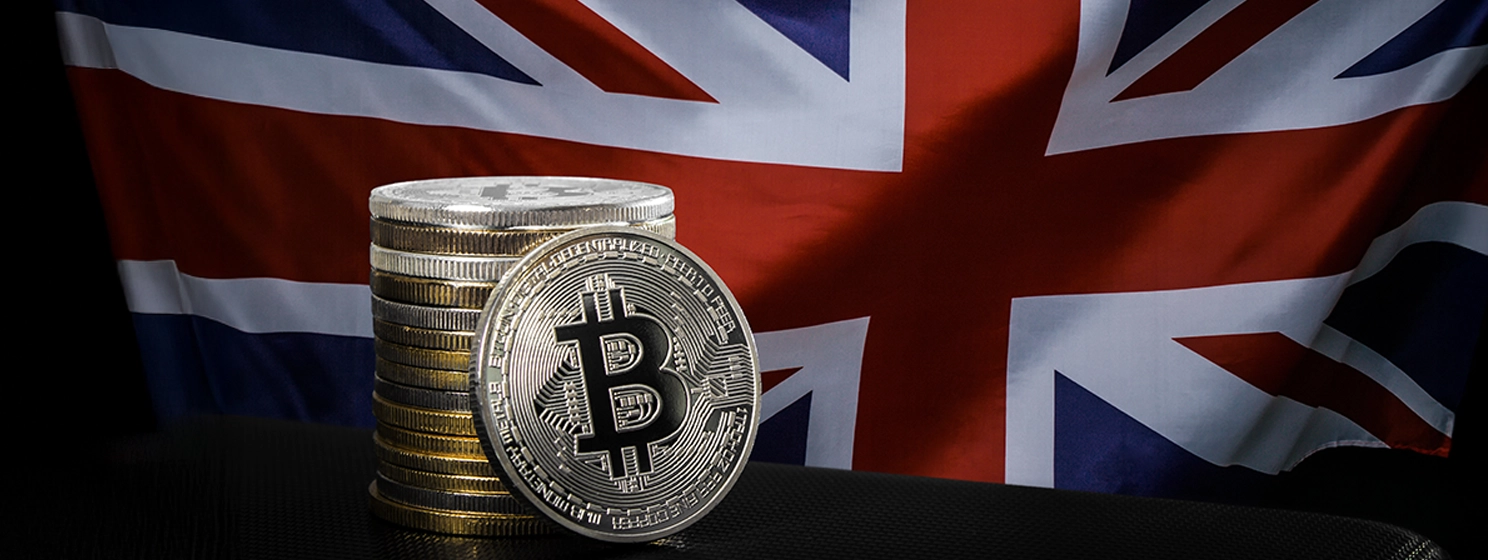|
Getting your Trinity Audio player ready...
|
Back in 2020, MicroStrategy (NASDAQ: MSTR) Founder and CEO Michael Saylor made global headlines when he announced his company would be converting its treasury holdings into BTC. Several other companies, such as Tesla (NASDAQ: TSLA) and Square, followed suit.
Now, the idea of the BTC strategic reserve is spreading to nation-states. El Salvador made the move in 2021, and United States President Donald Trump announced his intention to do so back in 2024.
In the first month of 2025, Czech National Bank Governor Aleš Michl announced he was considering adding BTC to his country’s reserves. The Financial Times reported that up to 5% of the bank’s €140 billion ($143.3 billion) could be converted into so-called digital gold.
Shortly after the Czech announcement, European Central Bank (ECB) President Christine Lagarde dashed hopes that the ECB might follow suit. She cited money laundering and criminal activity, as well as security and liquidity, as reasons why the ECB would not consider BTC a reserve asset. In October 2024, ECB economists Ulrich Bindseil and Schaaf wrote a paper highlighting how it enriches early holders at the expense of later adopters.
Opinion: the BTC reserve is a terrible idea
There are some good reasons to think a BTC strategic reserve is a bad idea, some of which were mentioned by ECB President Legarde.
Firstly, BTC is incredibly volatile and risky. It’s known for epic price movements of the double-digit percentage variety per day, and in most bear markets, it has retraced 90% from its cycle peak. Central bank reserves exist to create financial stability, manage external economic shocks, and support monetary policy. BTC is uniquely unsuited for all of these objectives.
Part of the reason for BTC’s volatility is a lack of real liquidity. While there are some dollars, euros, and yen bidding on it, the vast majority of the trading volume is in USDT issued by Tether. This stablecoin issuer has never proven U.S. dollars back it and has a less than wholesome history. There’s no guarantee that central banks can convert BTC into other currencies when required.
There are also many regulatory risks around BTC and other digital currencies. While many nations have embraced them and are working on regulations, some, like China, have banned them. Should powerful nations decide BTC is a threat to their sovereign currencies, they may do the same, or at least clamp down on it.
Another reason is that BTC has no inherent value. It is a digital token issued by an unknown entity with rules enforced by a network of anonymous nodes that could be controlled by anyone from the Central Intelligence Agency (CIA) to Russia or North Korea. Furthermore, unaccountable BTC developers can propose and implement changes that could radically alter the value of the coin. Should they someday break the network, central banks would be left holding the bag.
There are much better things to use funds on
While all central banks hold some currencies in reserve, and nations often hold strategic reserves of vital commodities like oil, there’s no need to hold BTC. It has no real-world use case whatsoever.
Instead, governments could either return funds to the people, stimulating economic growth, or spend them directly on education, workforce development, healthcare, infrastructure, and public goods. All of these things have tangible, measurable economic benefits that grow gross domestic product (GDP), raise productivity, and improve the standard of living.
Just as El Salvador had to walk back its zealous commitment to BTC to receive a $1.4 billion loan from the International Monetary Fund (IMF), any central bank that rushes into buying this entirely speculative asset will eventually have to walk it back, too. Central bankers should instead focus on how scalable blockchain technology can improve efficiency, reduce costs, and increase transparency in global payments.
Watch: With blockchain, the utility is becoming more and more important

 12-26-2025
12-26-2025 




